Harvington Hall: House of Secrets
If you want to explore a Tudor ‘house of secrets’ then the subject of today’s blog, Harvington Hall in Worcestershire, is going to be right up your street. As you will hear, this incredibly raw and authentic Elizabethan moated manor house was designed with the utmost subterfuge in mind. In exploring the history of the house, we dive into the dark and dangerous times of Elizabethan England when Catholics, and the priests who served them, had to risk their lives to practice their religion.
Today’s blog accompanies this month’s Tudor Travel Show podcast. We will be enjoying an introduction to the house from House Manager, Phil Downing. A link to listen to the rest of our adventure in time will follow at the end of this blog. So, let’s get going!
Introducing the Enigmatic Harvington Hall
Sarah:
Today, I am at Harvington Hall. While COVID has slowed down progress, I’ve finally got here! Let me introduce our guide today: Phil Downing, House Manager here at Harvington.
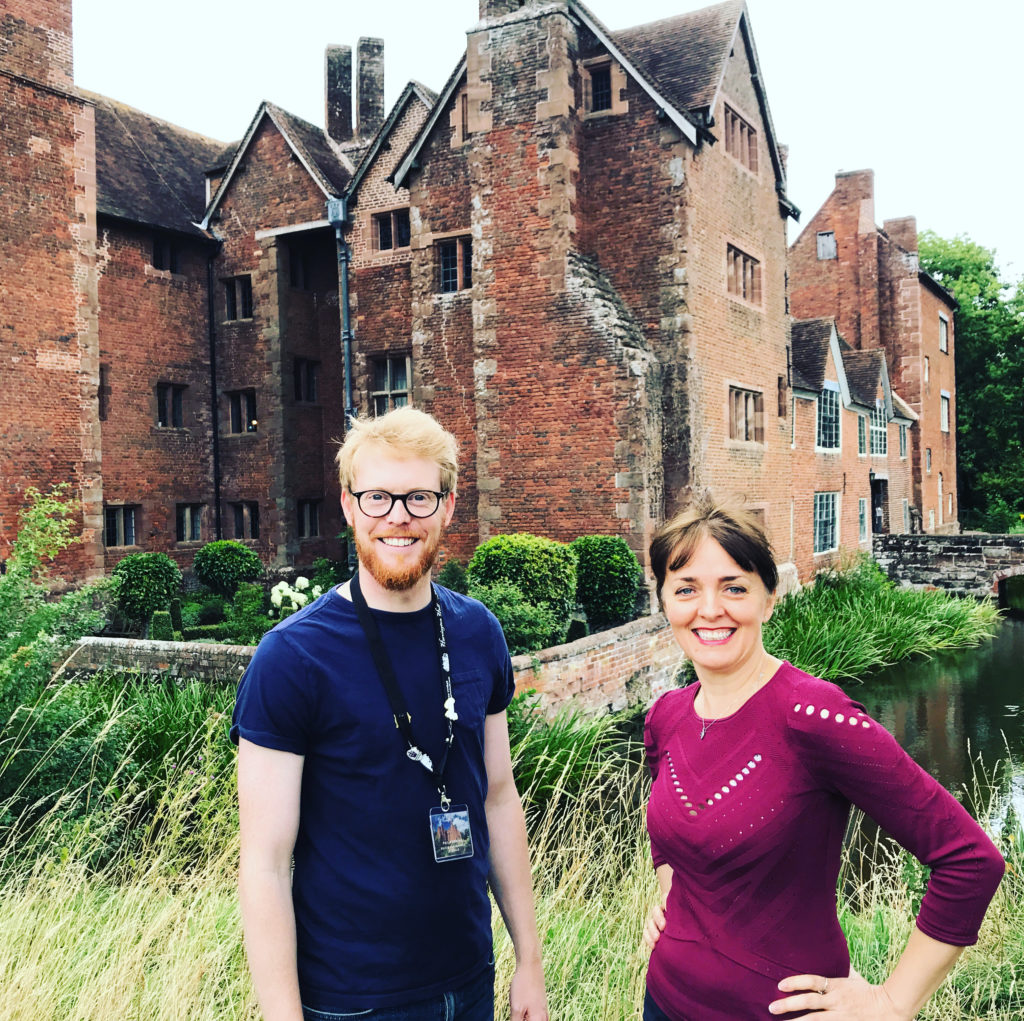
Phil:
Hello, Sarah! Welcome to Harvington Hall!
Sarah:
Thank you so much. Phil, we are standing in front of a beautiful, Elizabethan, moated manor house. Would that be an accurate description?
Phil:
Yes, the house that you can see today is predominantly a 1580s manor house, although we do think that the centre section of Harvington Hall actually dates back to the fourteenth century. Behind the brickwork that you’re looking at here, you will find lathe and plaster and some medieval walls. However, it is, arguably, a unique Elizabethan house. It is rare because it is still largely in its original, Elizabethan state. It has seven remaining priest hides (which is more than any other house in England); a plethora of Elizabethan wall paintings that are pretty much intact; a lot of wood panelling, which is original. Some of the floorboards are also original, which makes it a very higgledy-piggledy house.
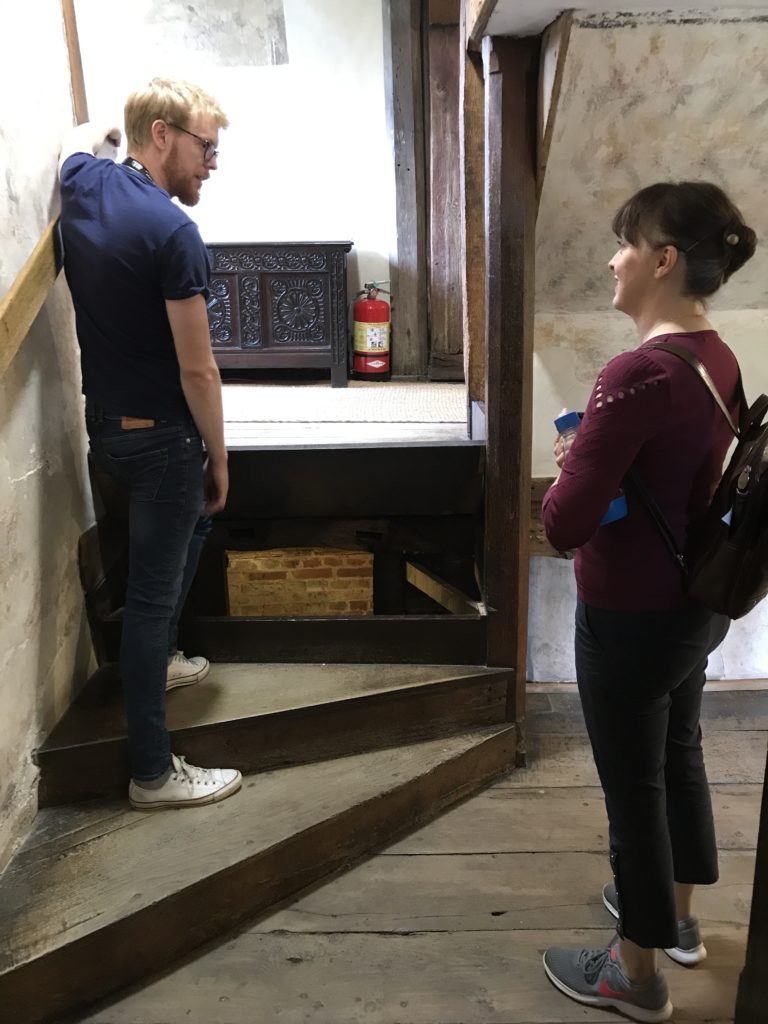
Sarah:
It looks it from the outside, so I can’t wait to get in and explore! Let’s go inside the courtyard and maybe you can tell us a little bit about the history before we start exploring those priest holes. Perhaps you can tell us about the early house, how it evolved and who owned it.
Phil:
The original, medieval house was owned by the de Harvington family. Adam de Harvington, who lived here back in the 1300s was the Chancellor of the Exchequer for a few years. When he died, the land then passed into the hands of the Earls of Warwick. Eventually, the house was bought by a wealthy man during the reign of Henry VIII; his name was Sir John Packington (or John Packington as he wasn’t knighted at that point). He was a wealthy lawyer of the Inner Temple. He didn’t live here but he owned the estate together with another thirty estates across the Midlands, so clearly this man had a lot of money. It is said that he was given the special privilege of being allowed to wear his hat in Henry VIII’s presence!
Sarah:
Oh, wow! A privilege indeed!
Phil:
Yes, interesting. Moving forward a couple of generations, his great-nephew, Humphrey Packington, inherited the estate in 1578. He’s the man who built the house that we can see today. However, Humphrey Packington was a Catholic at the time of Elizabeth I which, as I’m sure people will know, was a very dangerous time for Catholics. This is where you have to hide priests in your house because the Catholic Mass was outlawed.
So, Humphrey Packington built this house and built a series of priest hides as well. Now, Humphrey Packington was what they called a recusant. In Latin, that’s recusare, which means to refuse. Humphrey Packington refused to attend the Church of England service on a Sunday and was fined a whole £20 a month for not going to Church.
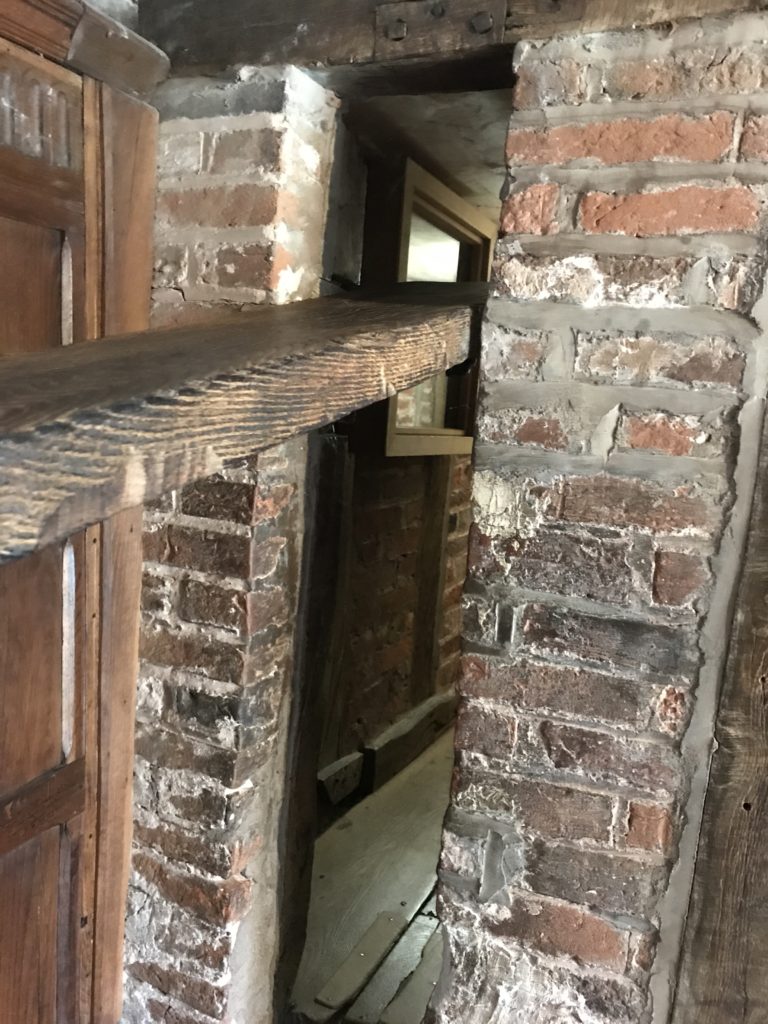
Sarah:
Every month?
Phil:
Every month! He wasn’t fined every single month although some Catholics were having to pay the fine every month. Unsurprisingly, families were finding themselves in financial difficulty, but Humphrey was a bit shrewder than that. He was clearly attending the Church of England service but, nevertheless, was fined on a number of occasions. Now, £20 pounds a month doesn’t sound like a great deal to us but in those days it was the equivalent of £4,000.
So, this guy is basically forking out £4,000 when he’s not going to church. Consider the fact that you can be fined from the age of 16. Imagine being a 16-year-old and trying to find the equivalent of £4,000 a month – you’re going to struggle a little bit. So, some Catholics at that point, known as the ‘Papists’ or the ‘Church Papists’, did attend the Church of England service, but they would often try to do anything to not hear what was going on in that service. So, one man was known to plug his ears with wool. One lady was known to spit the bread out on the floor and tread on it. Some of them would leave their hats on etc. Afterwards, they would then go to houses, such as Harvington Hall, and hear Mass there, which was illegal.
Sarah:
Well, we’re going to explore those priest holes and hear much more about the Catholic history of the house in a moment, but we have now come into the central courtyard and there is what appears to be the entrance range behind me and on my left, there’s the main block. Was this how it originally looked?
Phil:
As you rightly said, you walk in through, under the gateway room and into the courtyard. You have the main building on the left. In front of you, you can see a brick wall and trees on the other side of it. However, in those days you would have had a building directly in front of you. We think that this was probably the great hall with a long gallery above, alongside the family bed chambers. While the tower to our left survives, there would likely have been another building directly opposite that on our right. This means we would have been standing in a courtyard which was surrounded by four ranges: a typical single courtyard house
However, this particular courtyard would have probably been very dark, because the surviving tower is a tall building, comprising effectively four storeys. So, yes, around 1600 it would have been very dark in here but we know the house was definitely finished in 1595; at the time, it became known as ‘Humphrey’s Mansion House of Harvington’.
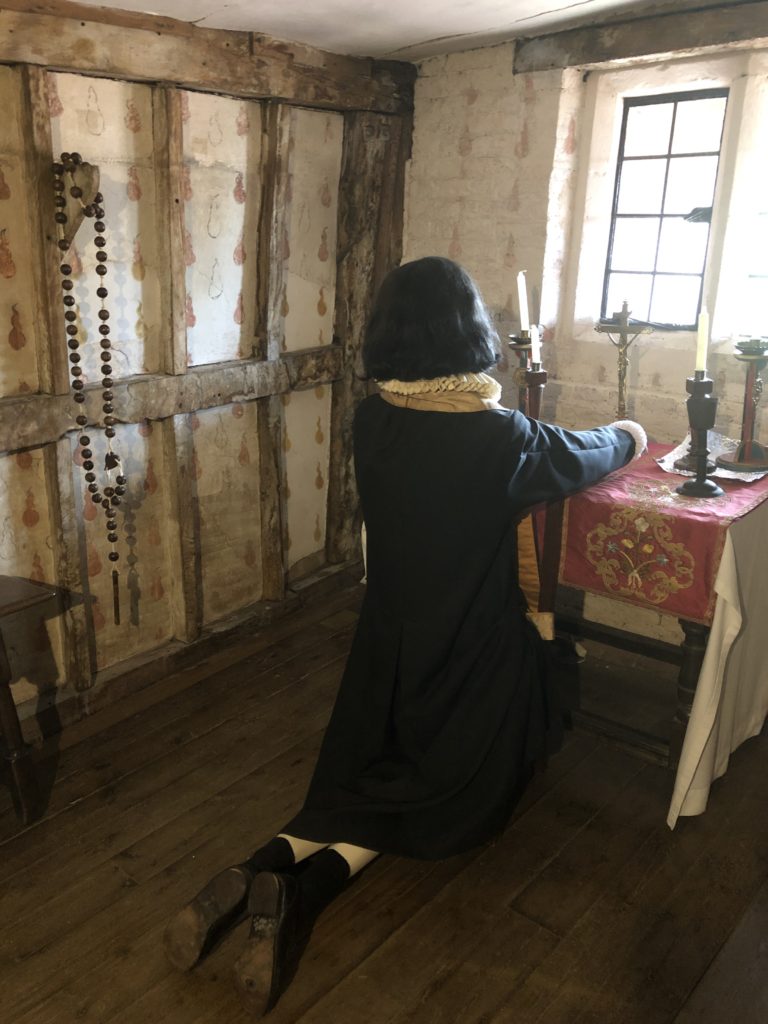
Sarah:
Let’s now talk a little more about the history of religion in England at the time; a history in which Harvington Hall is so inextricably entwined. Can you tell us a little bit about that and how there came to be so many priest holes here?
Phil:
You could be here all day talking about this topic, but I’ll do my best to cut a long story short! We need to start with Henry VIII’s break with the Church of Rome. Then you have his son and heir, Edward VI, who is a staunch Protestant. Under his influence and that of the Regency Council, England becomes, for the first time, a Protestant country. Edward, of course, dies young, leaving his Catholic half-sister, Mary to inherit the throne. Mary does everything she can to bring England back into the Catholic fold. But we are not done, because, as we all know, when Mary dies in 1558, her half-sister, Elizabeth, is protestant and undoes much of the changes Mary has tried to reintroduce! However, initially, she tries to create a ‘middle way’ in terms of religion under the now flourishing ‘Church of England’.
Thus, the first 10 years of Elizabeth’s reign are peaceful. Then everything changes with the arrival of Mary, Queen of Scots in England in 1568. As we know, she is swiftly placed under house arrest. Whether she wants it or not, Mary soon becomes a figurehead for English Catholics, who seek to see the restoration of a Catholic monarch upon the English throne. This forces the government’s hand; they have to become more strict with them. This only gets worse with the arrival of the seminary priests in the 1570s. Then, in 1580s, the Jesuit priests begin to arrive.
Now, the Jesuit priests are the ones that the government are really scared of. These are young, enthusiastic priests: anti-protestant, anti-Elizabeth. Naturally, Elizabeth’s government respond by enforcing tougher sanctions on English Catholics. So, from 1585 it was illegal to be a Catholic priest or even for one to set foot in England. The Catholic Mass, of course, has already been outlawed at this point. But families like Humphrey Packington’s, here at Harvington Hall still need to hear Mass. Therefore, they have to house priests in the house secretly, but if the priest hunters come knocking, then there’s trouble. They could be here searching for as little as four hours to as long as 12 days. So, you’re going to have to have a well-concealed priest hide that’s not going to be found if the searchers linger for more than a couple of days.
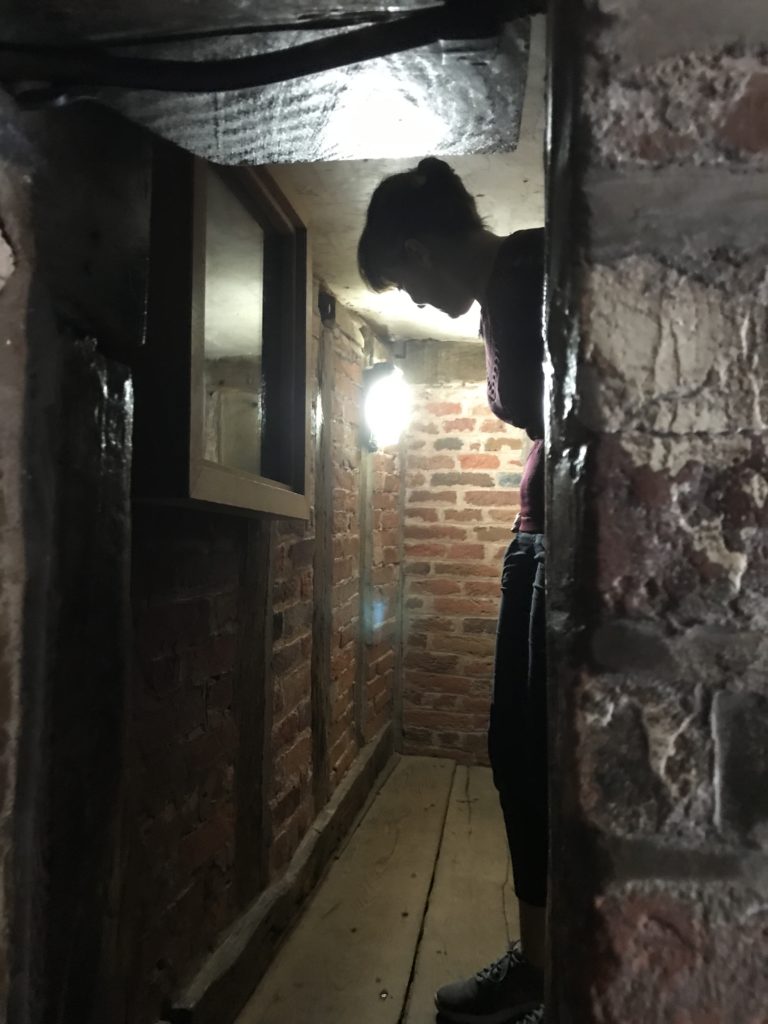
Sarah:
So, were the priest hunters appointed by the central council and that was their full-time job to move around the countryside, searching known Catholic houses for hidden priests?
Phil:
Not entirely. Of course, the signed warrant would come from the government in London originally, but it would normally be the local sheriff (in our case likely the Sheriff of Worcester) that would come to a house like Harvington Hall. However, it is oftentimes tricky for the priest hunters, because a lot of them are local neighbours and would have been known to the family. Consequently, some of them are a bit reluctant to search the house thoroughly – or they might simply turn a blind eye.
Having said that, there was a priest hunter called Richard Topcliffe. He was basically a sadist, who really enjoyed his job. He liked to torture priests. Incidentally, we also know for a fact that Elizabeth I agreed to the torture of priests. In fact, under Elizabeth I, around 130 Catholic priests were executed. The number varies when it comes to the recusants or the refusers, but probably around 60 or so recusants were also executed, three of which were female.
Sarah:
I find that surprising because we associate torture and religious persecution most frequently with Mary I; but 130 priests? That’s a lot of people! So Elizabeth is not untainted by accusations of religious persecution, even though I think generally we tend to see her as being much more tolerant.
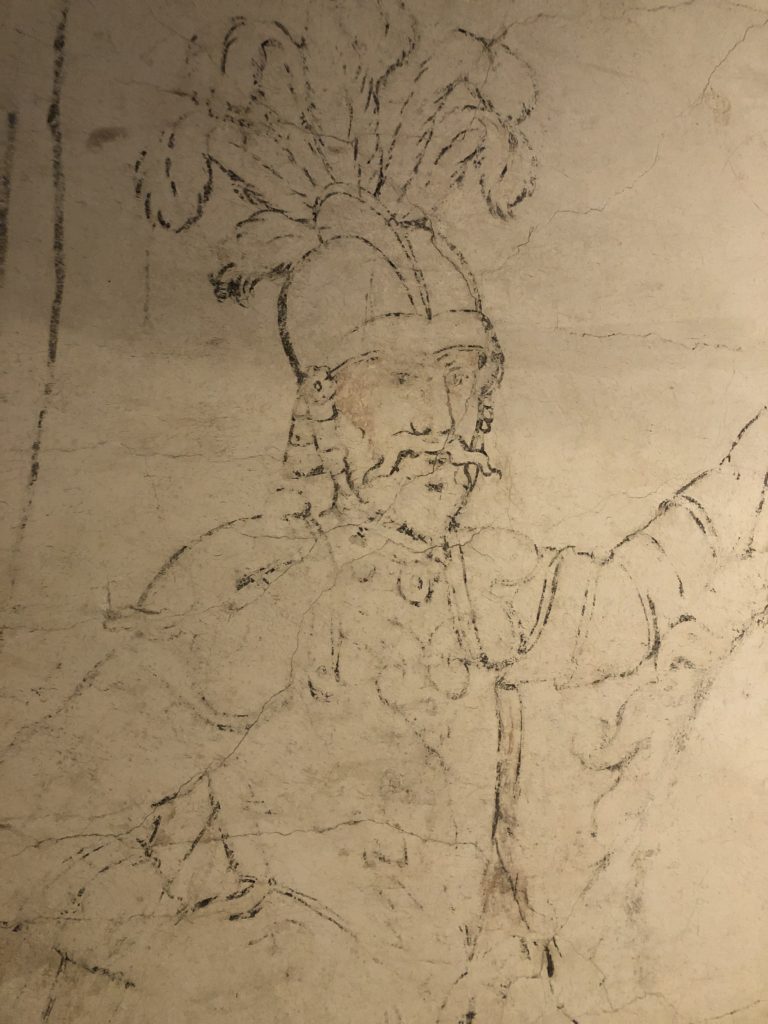
Phil:
And the tolerance was there, particularly at the start. But, as things went on, there were plots to assassinate Elizabeth. History, as we know, is always written by the victors and this tends to paint all Catholics in the same light when, in actual fact, that’s not strictly true. A lot of Catholics were peaceful, loyal subjects but, unfortunately for them, they followed the Catholic religion.
Sarah:
Well, I think with that, we should go inside and start exploring some of these priest holes. So, let’s make our way in and you can show me where you would like to take me first.
Let the Adventure continue…
If you would like to go on that adventure with me and Phil, as we explore the priest hides of Harvington Hall, you can tune into the podcast here. If you want to find visitor information on Harvington Hall check out their website here.

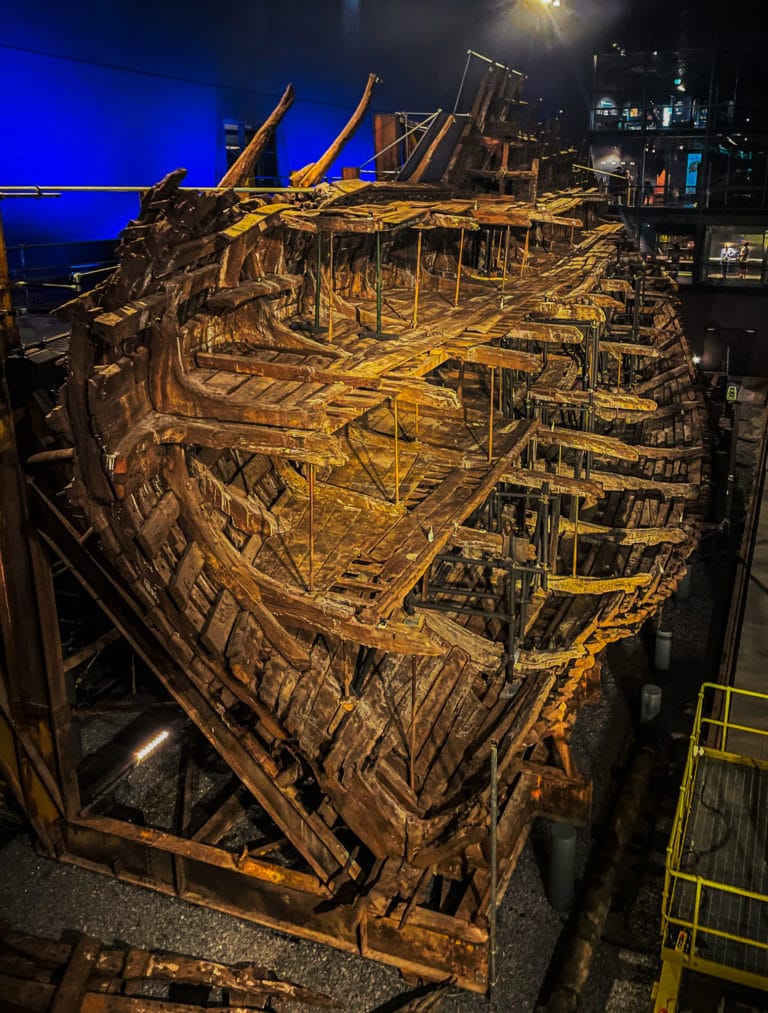
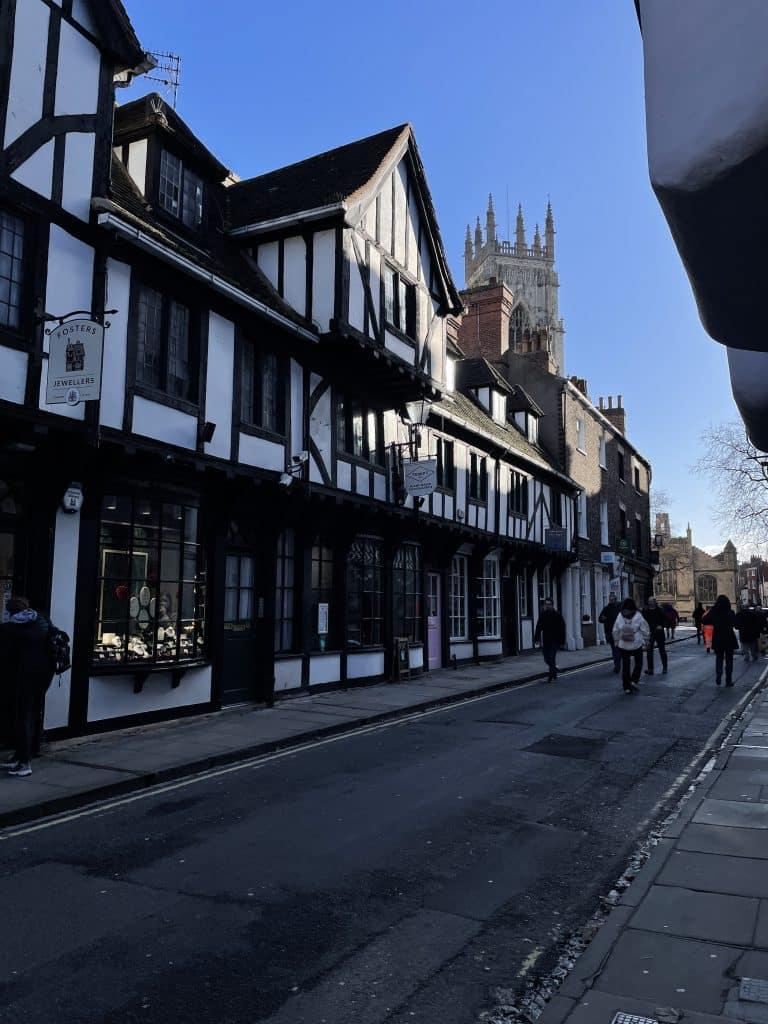
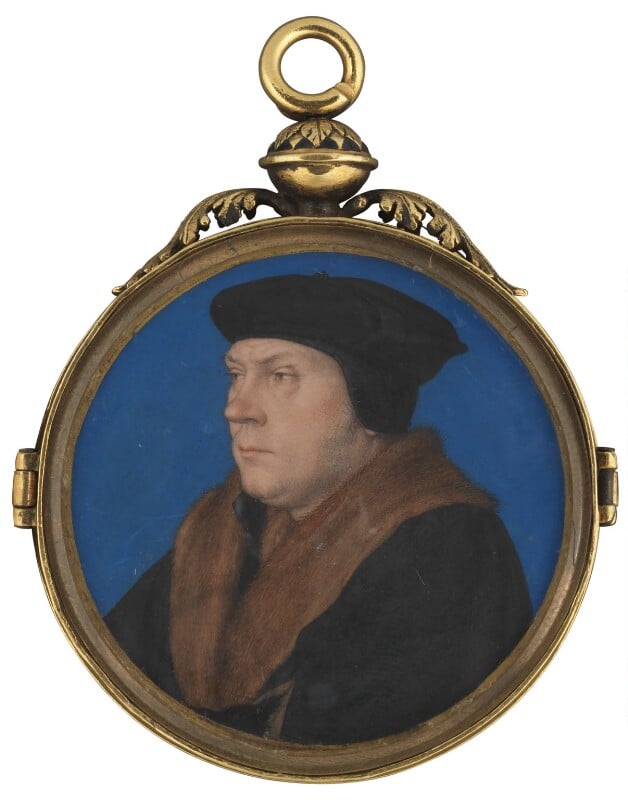
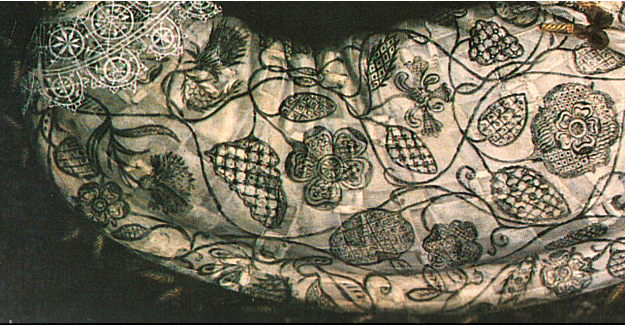
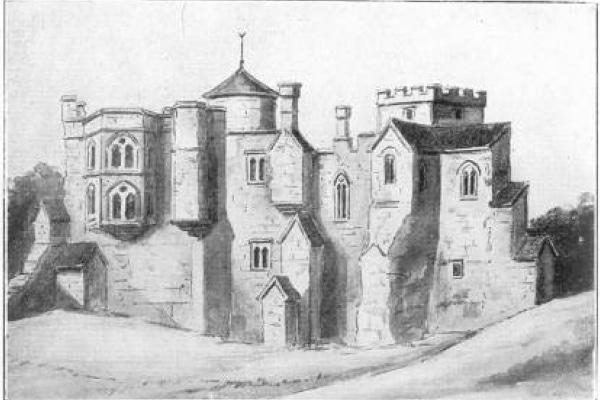
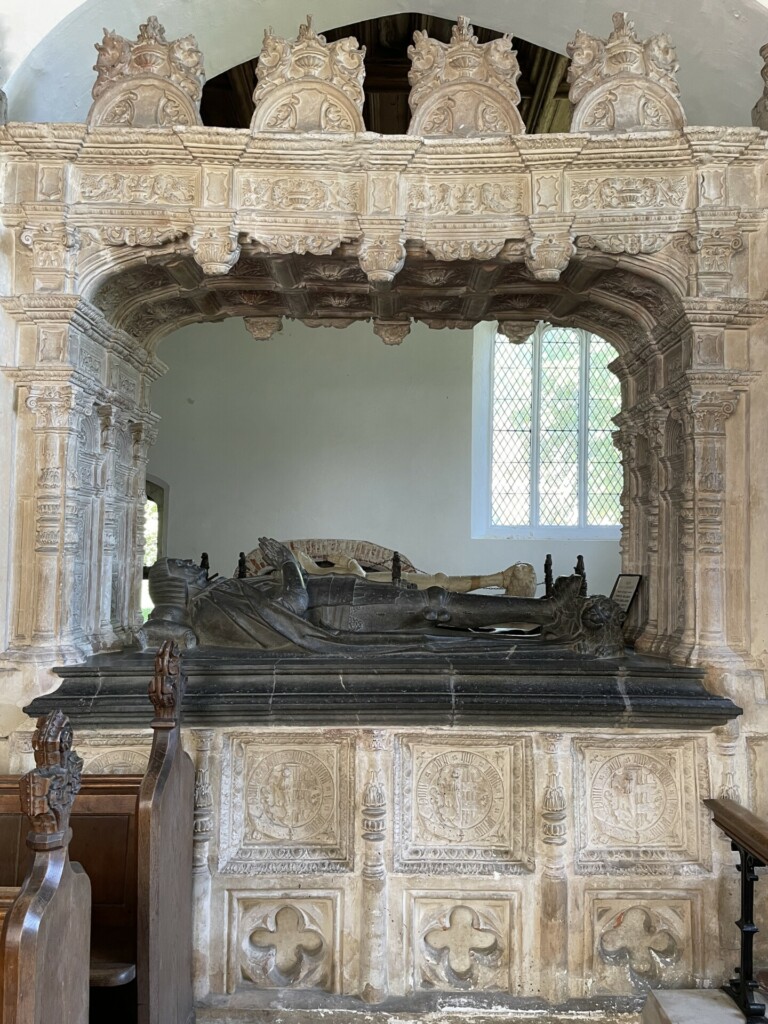
Lovely blog yoou have here
Thank you, Corey!